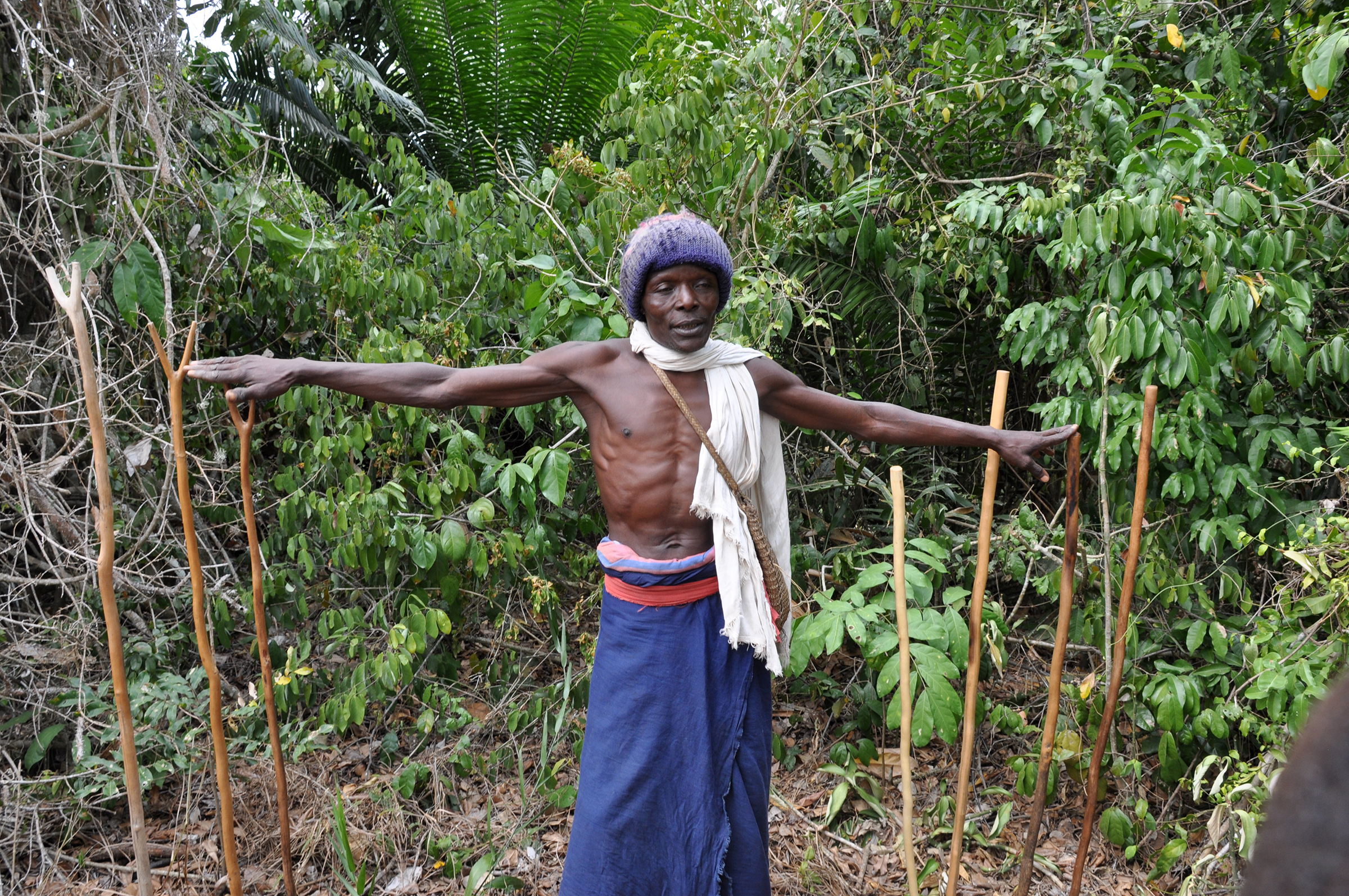


The protection of the Sacred Mijikenda Kaya forests is ensured through a double set of traditional and legal measures that interact with each other to protect the place and ensure the livelihood of communities and peoples. On top of the existing traditional regulatory framework of the Mijikenda and the Council of Elders (Kambi), all the 10 Kaya forests inscribed on the World Heritage List and many of these sacred forests have also been registered as national monuments under the provisions of the National Museums and Heritage Act, which mandates the Kenyan government to support the kaya elders in the protection of the Kayas. The original registration of 22 kaya forests in 1992 has sparked the need to establish a new dedicated unit – the Coastal Forest Conservation Unit - within the National Museums of Kenya whose work is still today focused on working in partnership with the kaya elders for the protection of these places.
This building block is enabled by the existence of partnerships between the Mijikenda and the relevant governmental institutions in charge of protecting the natural and cultural heritage of the places at the local (traditional regulatory systems), national (national acts and legislation) and international (World Heritage and the Intangible Cultural Heritage Conventions). This cooperation offers the chance for all rights holders and stakeholders to work together and it is a platform for communication between traditional owners and government institutions.
The depletion and degradation of the socio-cultural fabric of the Mijikenda people has led to the need to establish an institutional framework for supporting and working in cooperation with the kaya elders for the conservation of these sacred forests. The traditional regulatory system in place is one set of protection that is observed mostly by community members but the degraded understanding of the role of the Kayas in the life of the Mijikenda and other local communities has progressively led to the need for more institutionalized support through the establishment and implementation of legal protection frameworks with defined penalties for infringements of laws and regulations.
Additionally, the commercial harvesting interests in these areas, the pressing urban and agricultural encroachment and pressures to use the land of the Kayas have called for the need of effective legal protection by the government in order to comply with the requirements of the World Heritage Convention.